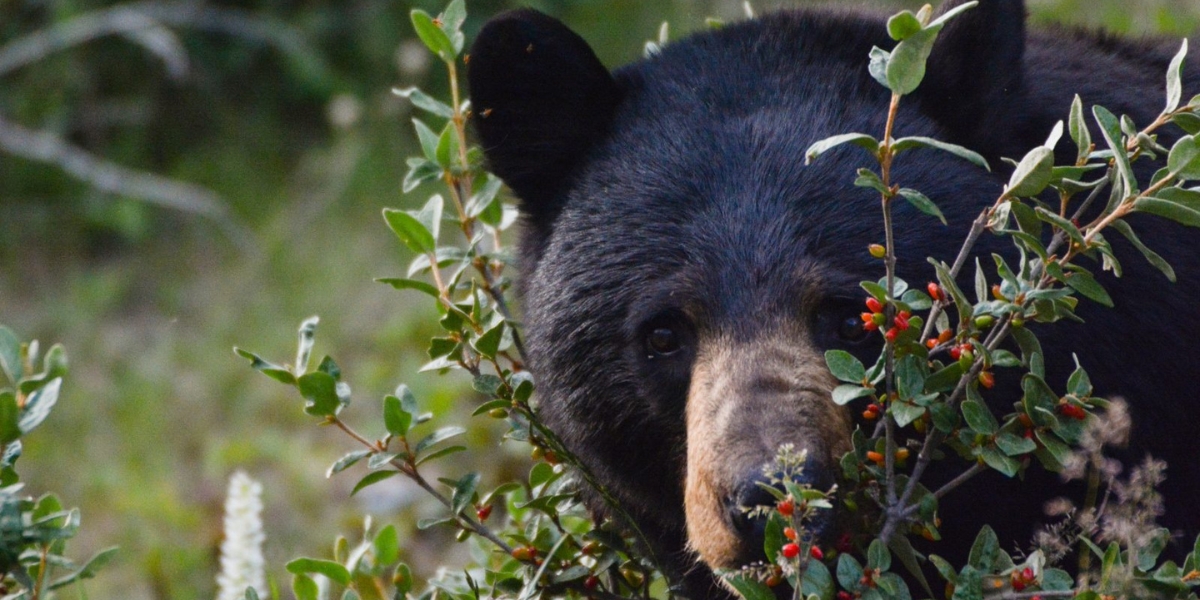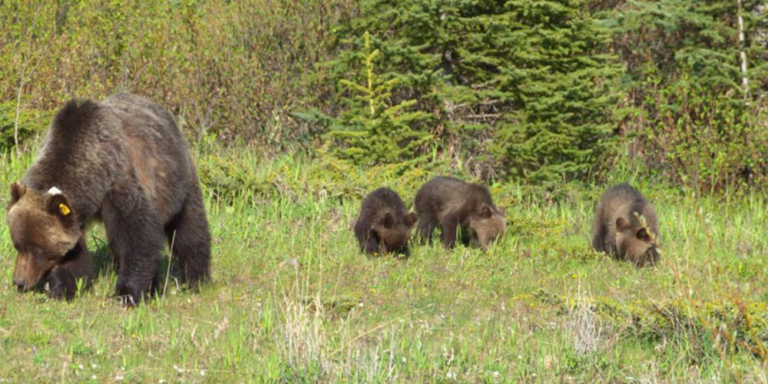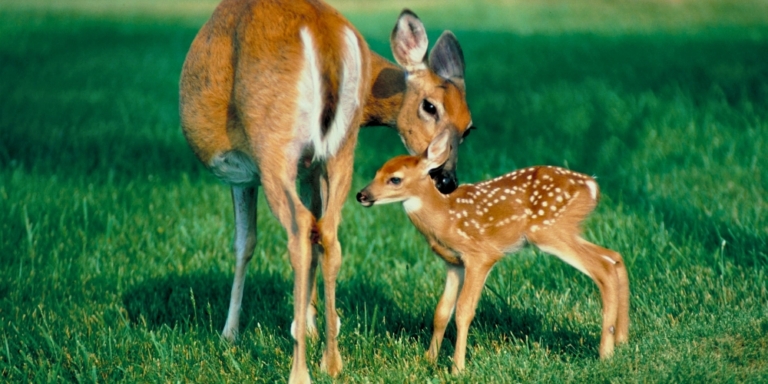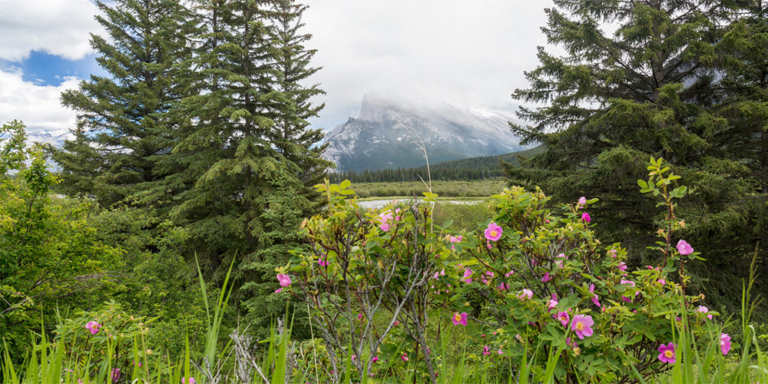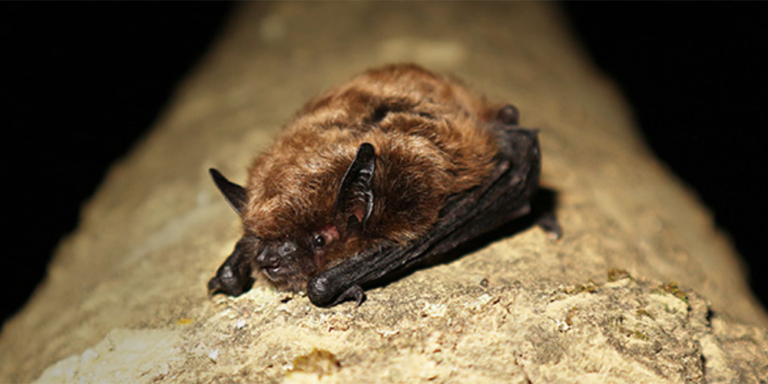Buffaloberry crops in Banff, Yoho, and Kootenay National Parks are ripening earlier this year and likely will stick around longer than usual, according to Parks Canada.
The buffaloberry, or shepherdia, is a crucial food source for bears to fatten up for winter. A large male grizzly can eat up to 200,000 berries daily to prepare for hibernation.
This year’s berry crop looks excellent, which is great news for bears but can cause conflict with humans because the berries grow best along trails, roads, campgrounds, and open areas with sunlight, the same places humans spend time.
“Everywhere we go is where the berries like to grow…We often use those areas where the berries are the best,” Nick de Ruyter, director of Bow Valley WildSmart, told the Rocky Mountain Outlook.
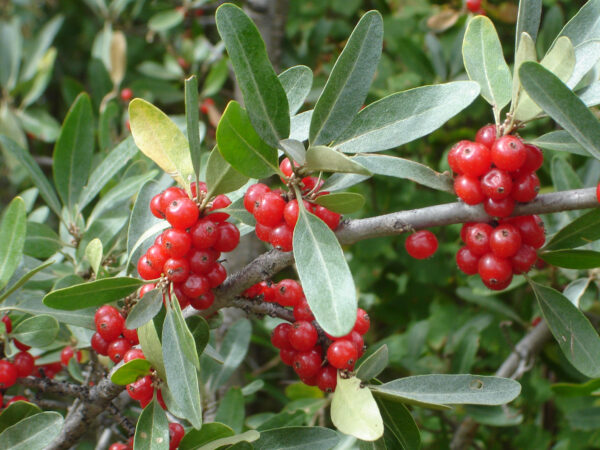

In the past, Parks Canada usually issues a bear advisory to coincide with berry ripening from late July to early August, but this year they issued the advisory two weeks earlier due to warm temperatures that helped the berries ripen earlier.
One glutinous bear feasting on buffaloberries prompted a bear warning in Mount Lorette Ponds in Bow Valley Provincial Park.
For safety, people must be prepared for bear encounters during berry season. A bear focused on eating is easy to surprise; the last thing you want to do is surprise a bear.
In a bear encounter, carrying bear spray and knowing how to use it is essential. Also, it is best to keep dogs leashed or leave them at home and travel in groups.
Making lots of noise while hiking or biking in bear areas is essential, too, as it can help avoid surprising a bear focused on feeding.
Avoid wearing earbuds on trails and watch for fresh bear signs like tracks and scat. If you see fresh bear scat, be extra alert, make more noise, and get your bear spray ready, or consider turning around and finding another way.
Also, where possible, avoid trails or areas with heavy concentrations of berries to reduce the likelihood of a bear encounter.
Remember, it’s important to be cautious and respectful of bears’ habitats while enjoying the beauty of the parks. We are in their home, not the other way around.

